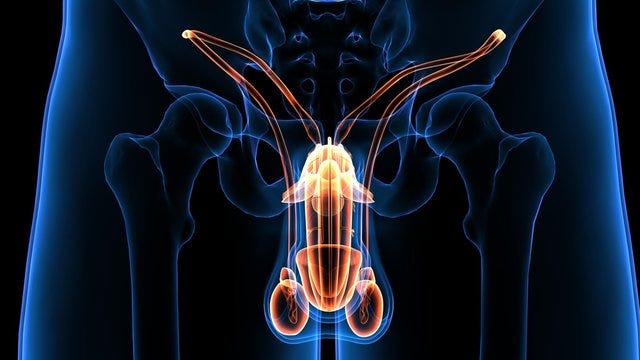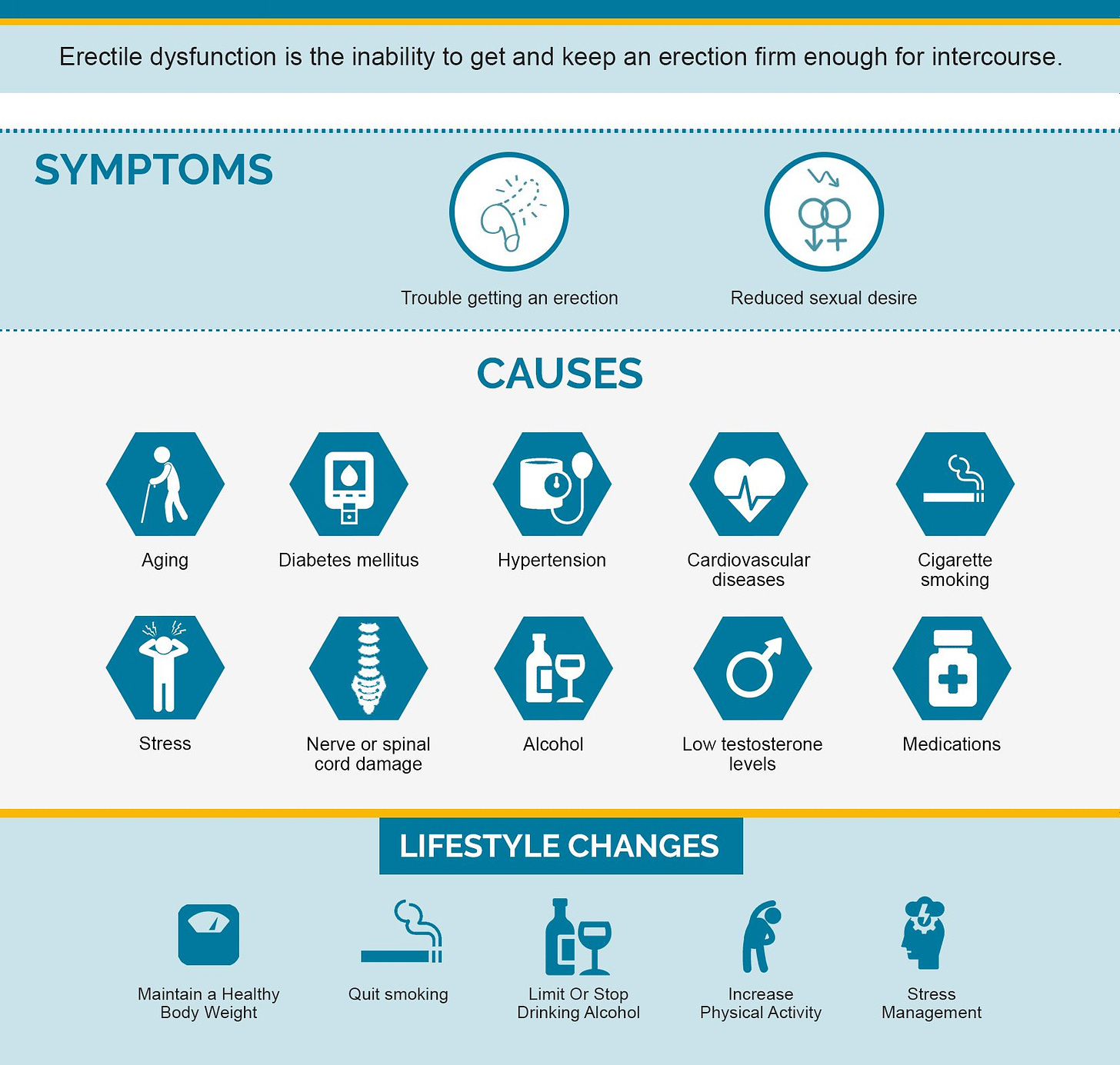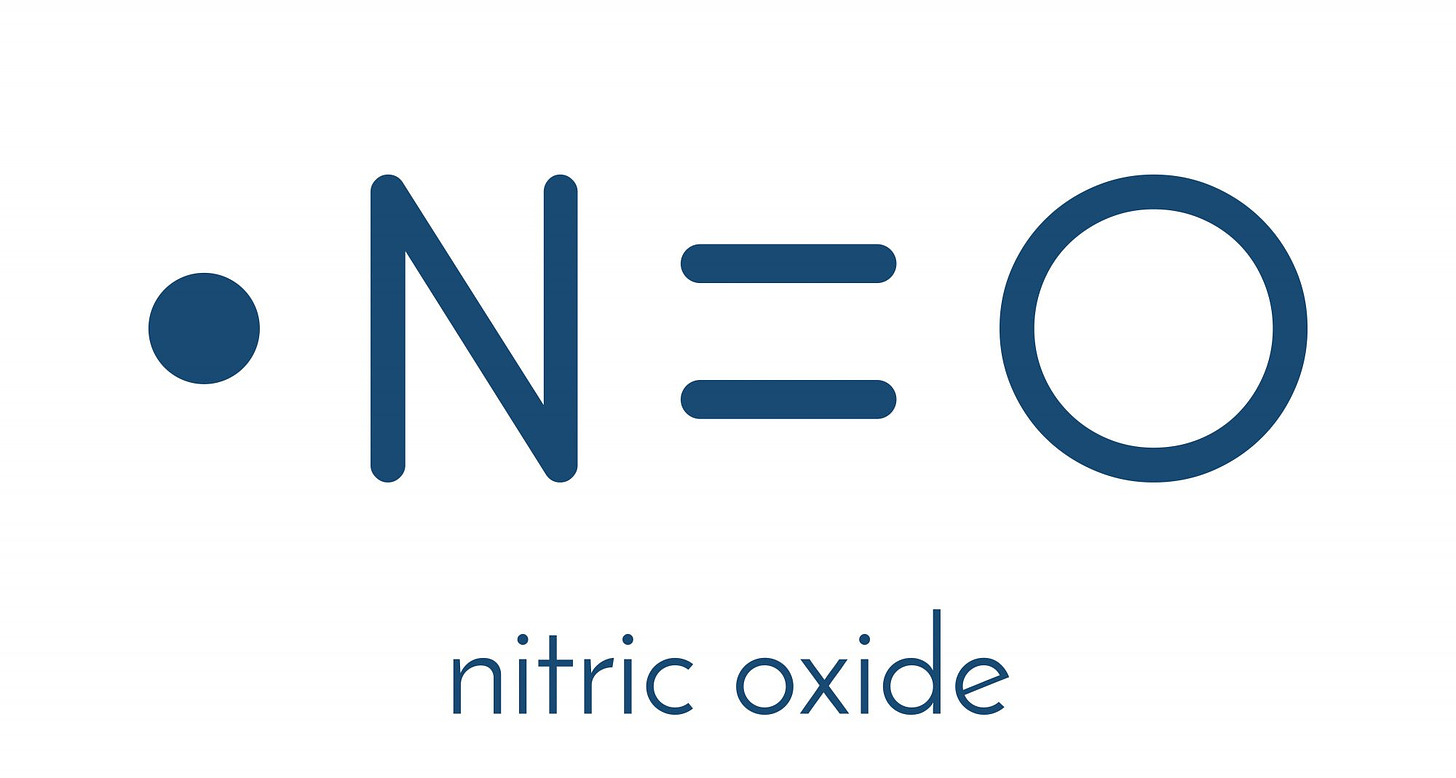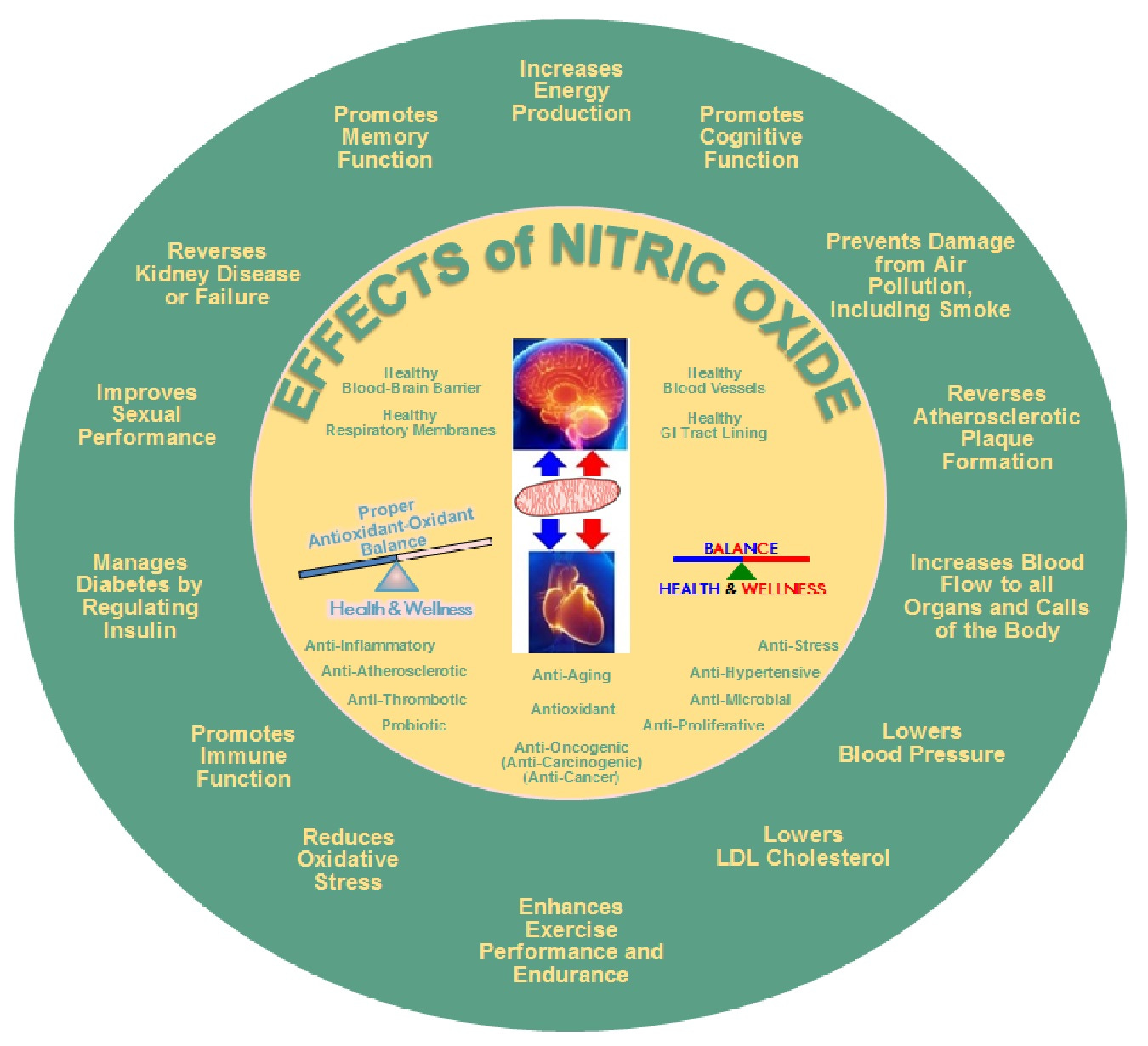
Erectile dysfunction (ED) is an inability to achieve and/or maintain an erection of adequate rigidity during sexual intercourse (Reisner & Reisner, 2017). The incidence of ED is on an increase, and is estimated to affect approximately 322 million men globally by the year 2025 (Eleazu, 2017). However, there are nutritional and lifestyle interventions that may help mitigate ED and restore the quality of life of the individual.

ED may be caused by several factors such as low testosterone (inhibits sexual desire and arousal), damage to the nerves supplying the penis (prostate surgery or a neurologic disease), impaired blood supply from atherosclerosis, drugs used to manage hypertension, chronic illness, and/or stress and emotional factors (Reisner & Reisner, 2017). Of particular interest is the relationship between ED, cardiovascular health, and nitric oxide (Meldrum, Gambone, Morris, Meldrum, Esposito, & Ignarro, 2011).

Meldrum et al. (2011) noted that lifestyle and nutrition factors have a symbiotic relationship to ED; nitric oxide (NO), a free radical, has been closely related to ED and is heavily influenced by a lack exercise and inadequate nutrition. NO supports vascular health/cardiovascular health by inhibiting platelet aggregation and the adhesion of platelets and inflammatory cells to the endothelium (Meldrum et al., 2011). NO also opposes vascular smooth muscle proliferation, maintains low vascular muscle tone, and prevents atherosclerosis by acting as an anti-inflammatory agent, and reduces oxidative stress and endothelial cell death (Meldrum et al., 2011). Having considered the nature and influence of NO, the following will explore nutrition and lifestyle factors that express NO production.

Physical activity is a known method to induce NO release from the endothelium. Meldrum et al. (2011) stated the mechanism of action was mechanical shear force of blood flow from exercise. Of particular interest was the frequency of exercise and NO; acute physical activity increased NO for a short period (48 hrs.), whereas daily activity increased NO levels four times higher for a one-week period (Meldrum et al., 2011). Additionally, moderate physical activity reduces the risk for ED by 2/3, and in men with high physical activity, the ED risk is reduced by >80% (Meldrum et al., 2011). Thus, committing to daily/high physical activity is paramount in controlling NO production.

Omega-3 fatty acids also have an affect on NO secretion. Omega-3 fatty acids can be obtained from consumption of fatty fish such as salmon, herring, and sardines, commercially as fish oil capsules, or by prescription (Meldrum et al., 2011). Such fats improve vascular health and help reduce the risk of sudden death (from heart failure) by several means; they are inflammatory, antiarrhythmic, they help reduce platelet aggregation, and reduce circulating triglycerides by stimulating the secretion of NO (Meldrum et al., 2011). Meldrum et al. (2011) recommended 500 to 1,000 mg /day of omega-3 fatty acids a reasonable daily intake to maximize erectile and vascular health.
In conclusion, lifestyle and nutritional modifications can help reduce/eradicate ED and improve cardiovascular health. Although the above recommendations are not a exhaustive outline, they do demonstrate the influence of food/movement and their relationship to dysfunction and disease.
References
Eleazu, C. (2017). The role of dietary polyphenols in the management of erectile dysfunction-Mechanisms of action. Biomedicine & Pharmacology, 88, 644-652.
Meldrum, D. R., Gambone, J. C., Morris, M. A., Meldrum, D. A. N., Esposito, K., & Ignarro, L. J. (2011). The link between erectile and cardiovascular health: The canary in the coalmine. The American Journal of Cardiology, 108(4), 599-606.
Reisner, E. G., & Reisner, H. M. (2017). An introduction to human disease: Pathology and pathophysiology correlations (10th ed.). Burlington, MA: Jones & Bartlett Learning.
-Michael McIsaac
